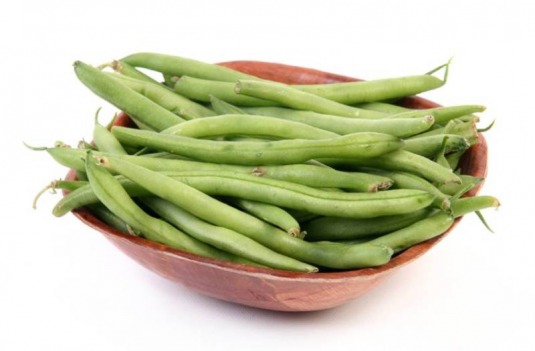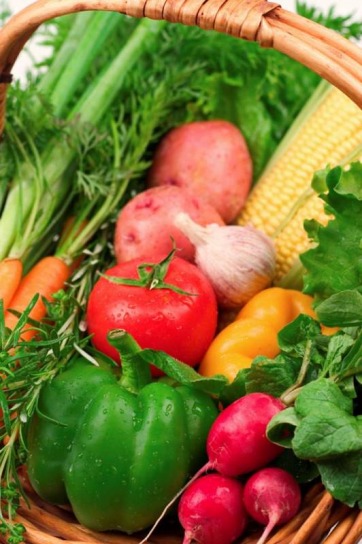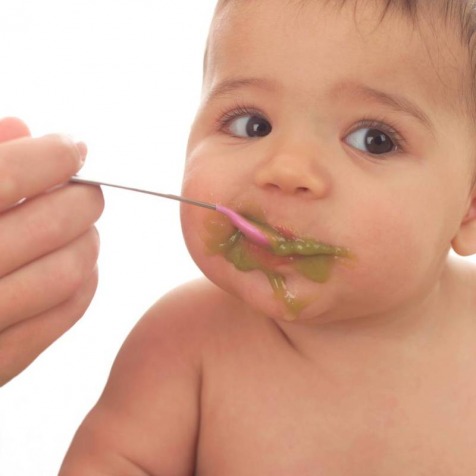In the past, vegetarian and vegan diets were associated with being a hippy. Things are changing, and plant-based lifestyles are becoming more and more mainstream. Many vegetarian or vegan parents have strong beliefs and are choosing to raise their children with the same diet and lifestyle. As a parent, this is completely logical.
Who wants to be cooking two separate meals? Vegan and vegetarian diets vary in terms of what foods are allowed and what foods are not, and can fall anywhere from quite liberal to extremely strict. Should kids be on a restricted diet at all? What risks are involved with these types of diets?
One of the biggest risks with these diets are nutritional deficiencies. Depending what types of foods are restricted, children (and adults) may be put at risk for deficiencies. Because children have higher needs for growth, they are more at risk than their parents.
First off, we have to separate vegan and vegetarian. Vegetarian diets may or may not include eggs, dairy, and even fish. Because of this, some vegetarian diets are nutritionally complete. The less restrictive the diet, the more variety of nutrients that diet can provide.
Vegan diets are much more restrictive because they eliminate any foods of, or containing, anything of animal origin. This includes meat, dairy, eggs, and anything with traces of animal product as an ingredient.
These diets are high contenders for a potential deficiency in B12, calcium, iron and other nutrients. Vegan kids will need a lot of high Calorie foods like nuts, nut butters, seeds, beans, and vegetable oils to make sure they’re getting enough Calories and protein for adequate growth.
There are many benefits to these diets and they can be very healthy. For one, they eliminate a lot of processed and high calorie foods that we don’t need. Secondly, they are often high in plant-based foods which provides a diet rich in vitamins, minerals, fibre and antioxidants, and low in Calories and harmful fats.
The key to following a vegan or vegetarian diet successfully is planning and knowledge. Knowledge of what nutrients are in which foods, and planning a variety of foods to make sure you get enough of each. Again, this is particularly important for vegans due to the highly restrictive elements of the diet. It’s a lot of work if done properly, but it can be done. If you’re not able to or don’t want to spend the time to plan properly, I wouldn’t recommend this diet for you or your kids. Alternatively, you can visit a Registered Dietitian to get help with planning.











 RSS Feed
RSS Feed

